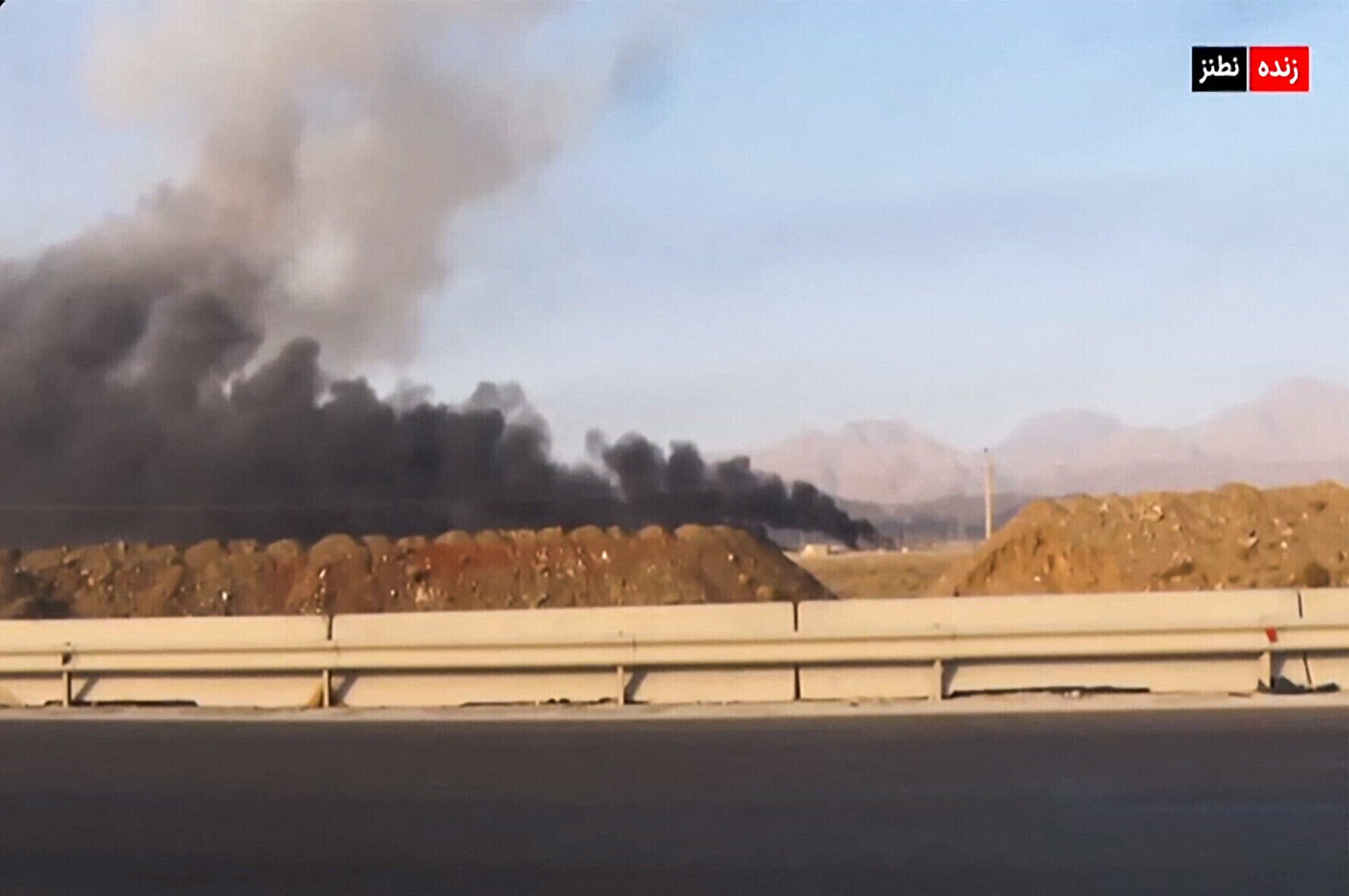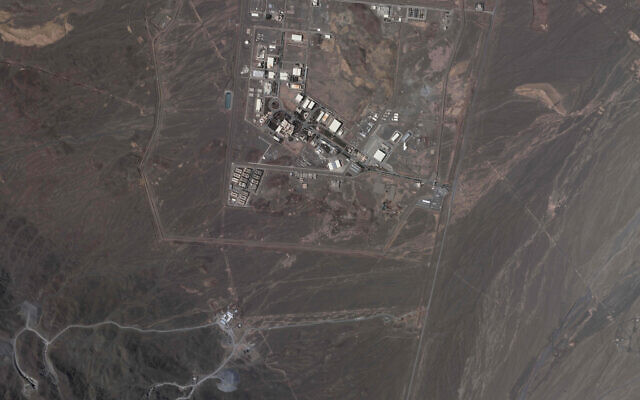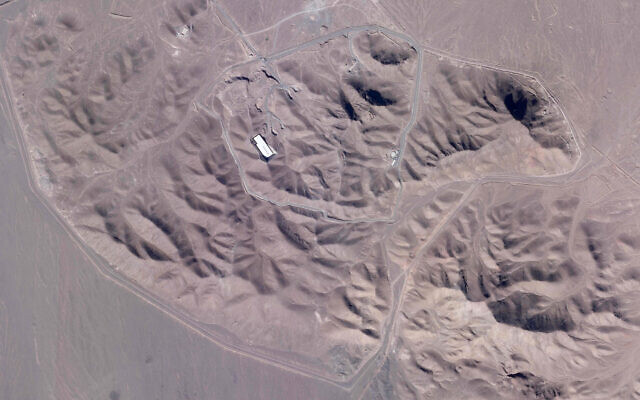



WASHINGTON (REUTERS) — US President Donald Trump told Reuters on Friday it was unclear whether Iran still has a nuclear program following Israeli strikes, but experts say the damage to the country’s nuclear facilities so far has appeared limited.
Israel’s attacks succeeded in killing Iranian military leaders and nuclear scientists and striking military command and control facilities and air defenses, but satellite imagery did not yet show significant damage to nuclear infrastructure, several experts said.
“The first day was aimed at things that you would get through surprise — killing leadership, going after nuclear scientists, air defense systems, the ability to retaliate,” said nuclear expert David Albright at the Institute for Science and International Security.
“We can’t see any visible damage at Fordo or Isfahan. There was damage at Natanz,” said Albright, referring to Iranian nuclear sites. But “there’s no evidence that the underground site was destroyed.”
UN nuclear watchdog chief Rafael Grossi told the Security Council on Friday that the above-ground pilot enrichment plant at Iran’s Natanz nuclear site had been destroyed and Iran had reported attacks on Fordo and Isfahan.
Grossi said electricity infrastructure at Natanz was also destroyed and the loss of power to a cascade hall may have damaged centrifuges there. But he said the level of radioactivity outside Natanz remained unchanged and normal.
The sprawling Natanz nuclear complex is Iran’s main uranium enrichment facility. The site includes a vast underground uranium enrichment plant and a smaller, above-ground pilot enrichment plant.
In a telephone interview with Reuters, Trump said it was unclear whether Iran still has a nuclear program following the Israeli strikes. “Nobody knows,” Trump said. “It was a very devastating hit.”
Two regional sources said at least 20 Iranian military commanders were killed in the attack, a stunning decapitation reminiscent of Israeli attacks that swiftly wiped out the leadership of Lebanon’s once-feared Hezbollah terror group last year. Iran also said six of its top nuclear scientists were killed.
Albright said his analysis was based on the latest available images from about 11:20 a.m. Tehran time. He added there may also have been drone strikes on tunnels to underground centrifuge plants and cyber attacks that did not leave visible traces.
“In terms of visible damage, we don’t see much and we’ll see what happens tonight,” he said, adding that he believes Israel’s strikes were still in an early stage.
Albright said the status of Iran’s stocks of enriched uranium was not known and that it was possible Israel had avoided major attacks on nuclear sites due to concerns about harming international inspectors who were there.
Albright said there were thousands of centrifuges at the underground plant at Natanz and knocking out the electrical supply would bring into play a backup battery system.
He said it was likely that Iran was shutting down the centrifuges at the underground site in a controlled manner, which was a big operation.
“Batteries … last a while, but eventually they will run out and if the centrifuges spin down in an uncontrollable manner, a lot will break,” he said.
Israel said it targeted Iran’s nuclear facilities, ballistic missile factories and military commanders at the start of what would be a prolonged operation to prevent Tehran from building an atomic weapon.
Military and nuclear experts said that even with massive firepower, military action would probably only temporarily set back a program the West fears is already aimed at producing atom bombs one day, although Iran denies it.
Jeffrey Lewis, a non-proliferation expert at the Middlebury Institute of International Studies, said damage at the Natanz facility appeared “moderate.”
“Israel destroyed the Pilot Fuel Enrichment Plant, as well as some support buildings associated with power supply,” he said. Lewis added Israel also hit a support building — possibly for power supply – near two underground nuclear enrichment facilities.
“The underground enrichment halls, as well as the large underground facility nearby in the mountains, do not appear damaged.”
It was unclear what damage was sustained at the key Fordo nuclear facility, which could be used to develop nuclear weapons and is buried deep underground.
“It has always been the conventional wisdom that Israel may not have the ordnance to destroy Fordo without American military support,” Mark Dubowitz, head of the Foundation for Defense of Democracies think tank, told a podcast.
The United States is better equipped than Israel to destroy such targets with its most powerful bunker buster bombs, the 30,000-pound (14,000 kilogram) Massive Ordnance Penetrator.
If Iran decides not to negotiate a nuclear deal, the US could use its B2 bombers and those bombs to destroy Fordo, Dubowitz said.
Decker Eveleth, a strategic analyst with the CAN Corp research group, said the overall aim of Israel’s campaign was still unclear.
“They may be successful at dismantling Iranian command and control, destroying air forces (and) hitting a variety of targets related to the Iranian missile program,” he said.
“(But) if their core objective is prevention of a nuclear breakout, can they destroy enough of Iran’s nuclear infrastructure to actually prevent that from happening?”
Times of Israel staff contributed to this report.



